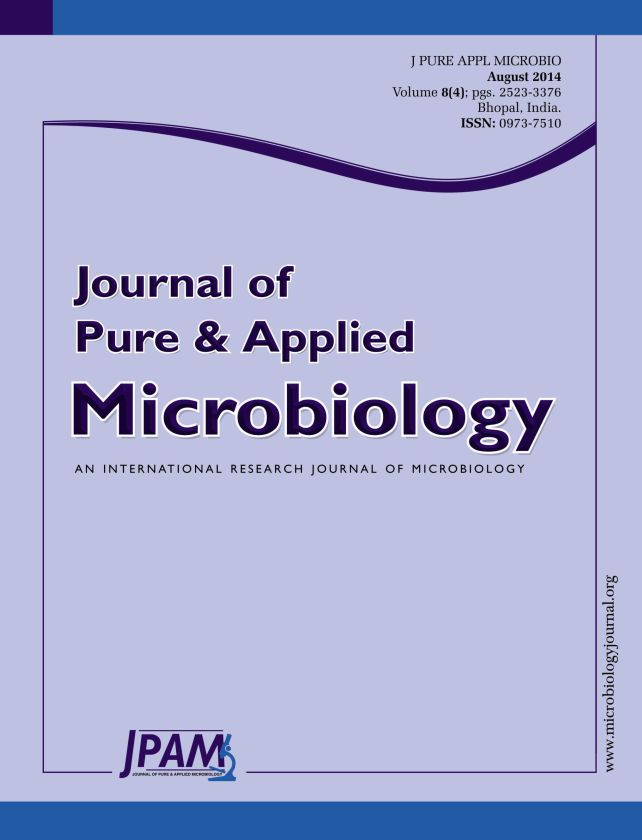The present investigation was aimed to isolate keratinolytic fungi from poultry farm soils of Riyadh and to study their ability to produce extracellular keratinase. Twenty three species from twelve genera were isolated by hair baiting technique. The most dominant in prevalence was Aspergillus niger (13.1%) followed by Chrysosporium tropicum (10.7%), A.terreus and Fusarium oxysporum (8.3%) each respectively. These isolates were screened for hydrolysis of keratin on solid keratin agar medium. Twelve fungal isolates showing strong keratinolytic activity were further used to study the synthesis of keratinase , during degradation of chicken feathers. All the isolates used, were able to degrade the keratin of chicken feathers producing total proteins and keratinase. The highest amount of protein was produced by C.tropicum (72.5µg/ml) followed by F.oxysporum (66.25µg/ml ) and A.nidulans (63.65µg/ml ), whereas C.tropicum (26.6KU/ml) produced the highest amount of keratinase followed by A.nidulans (19.8KU/ml) and the lowest amount by Alternaria alternata (8.3KU/ml) .There was a rise in the pH of the culture medium towards alkalinity. Hence our study not only highlights the abundance of keratinolytic fungi in poultry soils but also points at the potential of these fungi as excellent keratin degraders that can be used to solve the serious feather waste management problem, by converting them into usable products.
Poultry soil, Keratinolytic fungi, Feathers, biodegradation, keratinase
© The Author(s) 2014. Open Access. This article is distributed under the terms of the Creative Commons Attribution 4.0 International License which permits unrestricted use, sharing, distribution, and reproduction in any medium, provided you give appropriate credit to the original author(s) and the source, provide a link to the Creative Commons license, and indicate if changes were made.


